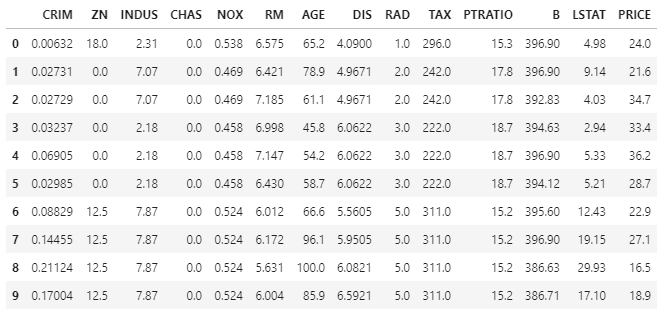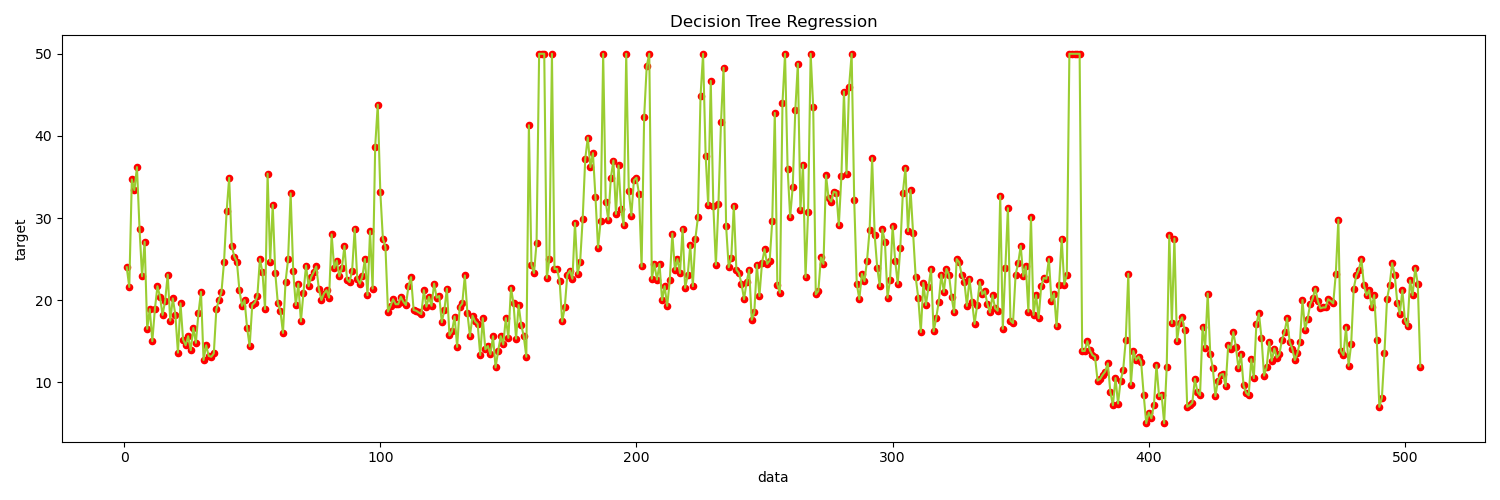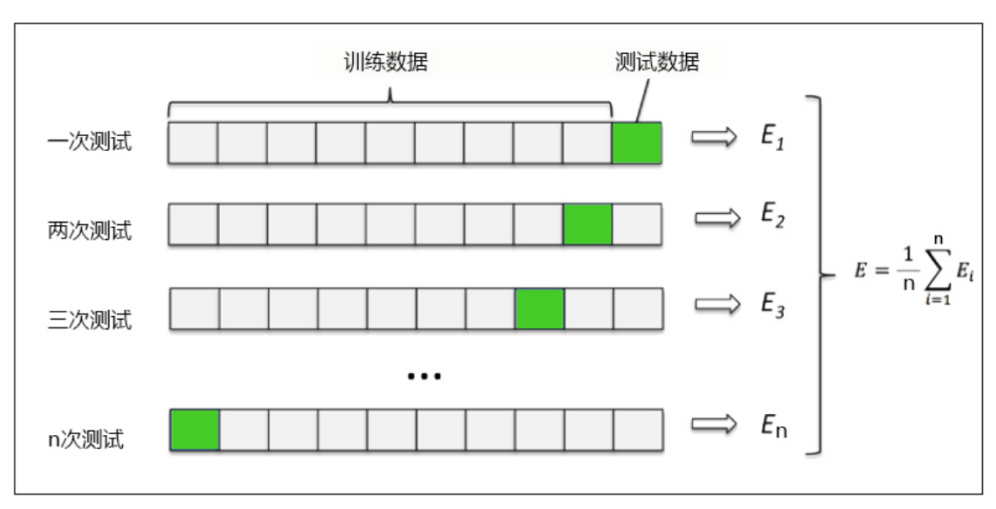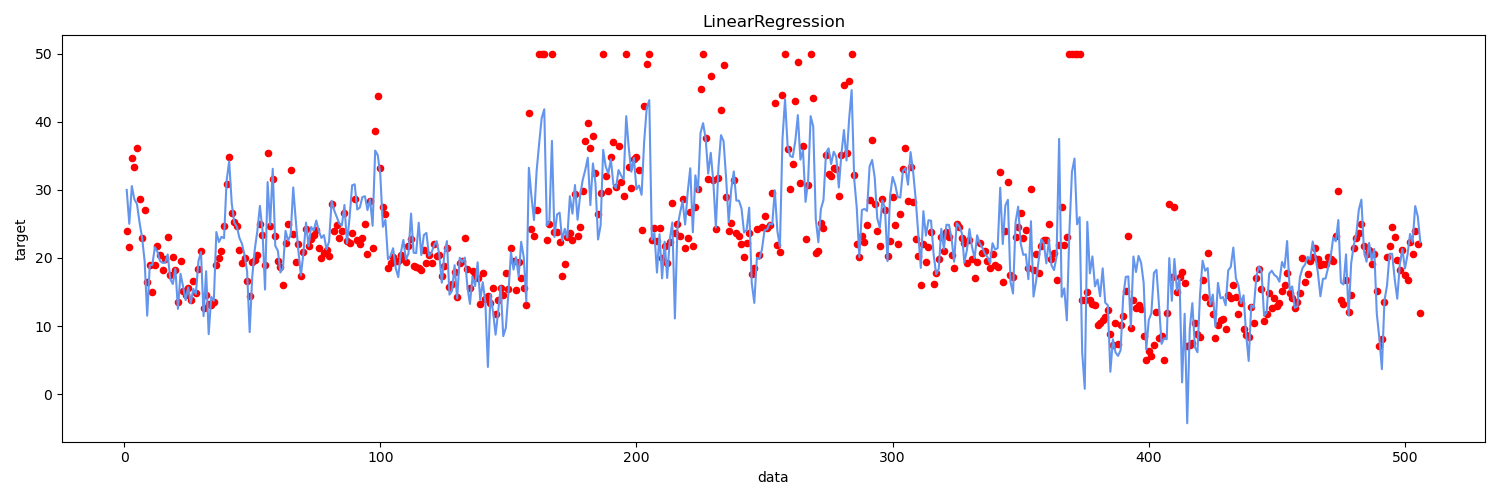| 实战:利用决策树对波士顿房价数据集进行预测(附源码) | 您所在的位置:网站首页 › 决策树 r语言实际案例分析 › 实战:利用决策树对波士顿房价数据集进行预测(附源码) |
实战:利用决策树对波士顿房价数据集进行预测(附源码)
|
利用决策树对波士顿房价数据集进行预测
大家好,我是老马的程序人生~ 使用sklearn提供的决策树(DecisionTreeRegressor)和线性回归(LinearRegression)的API对波士顿房价数据集进行预测,并尝试将预测结果进行分析。 1. 导入库 from sklearn.datasets import load_boston from sklearn.model_selection import cross_val_score from sklearn.tree import DecisionTreeRegressor from sklearn.linear_model import LinearRegression import pandas as pd import matplotlib.pyplot as plt 2. 加载数据波士顿房价数据集来源于1978年美国某经济学杂志。 boston = load_boston() X = boston.data y = boston.target feature_names = boston.feature_names print(X.shape) # (506, 13) print(feature_names) # ['CRIM' 'ZN' 'INDUS' 'CHAS' 'NOX' 'RM' 'AGE' 'DIS' 'RAD' 'TAX' 'PTRATIO' 'B' 'LSTAT'] df = pd.DataFrame(X, columns=feature_names) df['PRICE'] = y print(df.head(10))
这些数据于1978年开始统计,共506个数据点,涵盖了麻省波士顿不同郊区房屋13种特征的信息,根据这些特征拟合房价。 特征: CRIM:per capita crime rate by town 每个城镇人均犯罪率ZN:proportion of residential land zoned for lots over 25,000 sq.ft. 占地面积超过25,000平方英尺的住宅用地比例INDUS:proportion of non-retail business acres per town 非零售商用地百分比CHAS:Charles River dummy variable(= 1 if tract bounds river; 0 otherwise)是否靠近查尔斯河NOX:nitric oxides concentration (parts per 10 million) 氮氧化物浓度RM: average number of rooms per dwelling 住宅平均房间数目AGE:proportion of owner-occupied units built prior to 1940 1940年前建成自用单位比例DIS:weighted distances to five Boston employment centres 到5个波士顿就业服务中心的加权距离RAD:index of accessibility to radial highways 无障碍径向高速公路指数TAX:full-value property-tax rate per $10,000 每万元物业税率PTRATIO:pupil-teacher ratio by town 小学师生比例B:1000(Bk - 0.63)^2 where Bk is the proportion of blacks by town 黑人比例指数LSTAT: % lower status of the population 下层经济阶层比例目标: MEDV:Median value of owner-occupied homes in $1000’s 自有住房的中位数报价, 单位1000美元 3. 决策树 regressor = DecisionTreeRegressor(random_state=0) regressor = regressor.fit(X, y) y_pre = regressor.predict(X) plt.figure(figsize=(15, 5)) plt.scatter(range(1, 507), y, s=20, c='red') plt.plot(range(1, 507), y_pre, color='yellowgreen') plt.xlabel('data') plt.ylabel('target') plt.title('Decision Tree Regression') plt.show()
交叉验证是用来观察模型的稳定性的一种方法,我们将数据划分为 n n n份,依次使用其中一份作为测试集,其他 n − 1 n-1 n−1份作为训练集,多次计算模型的精确性来评估模型的平均准确程度。训练集和测试集的划分会干扰模型的结果,因此用交叉验证 n n n次的结果求出的平均值,是对模型效果的一个更好的度量。
经过10次交叉验证,我们发现决策树的MSE为33.92,线性回归的MSE为34.71,决策树比线性回归的预测效果略好。 |
【本文地址】
公司简介
联系我们



